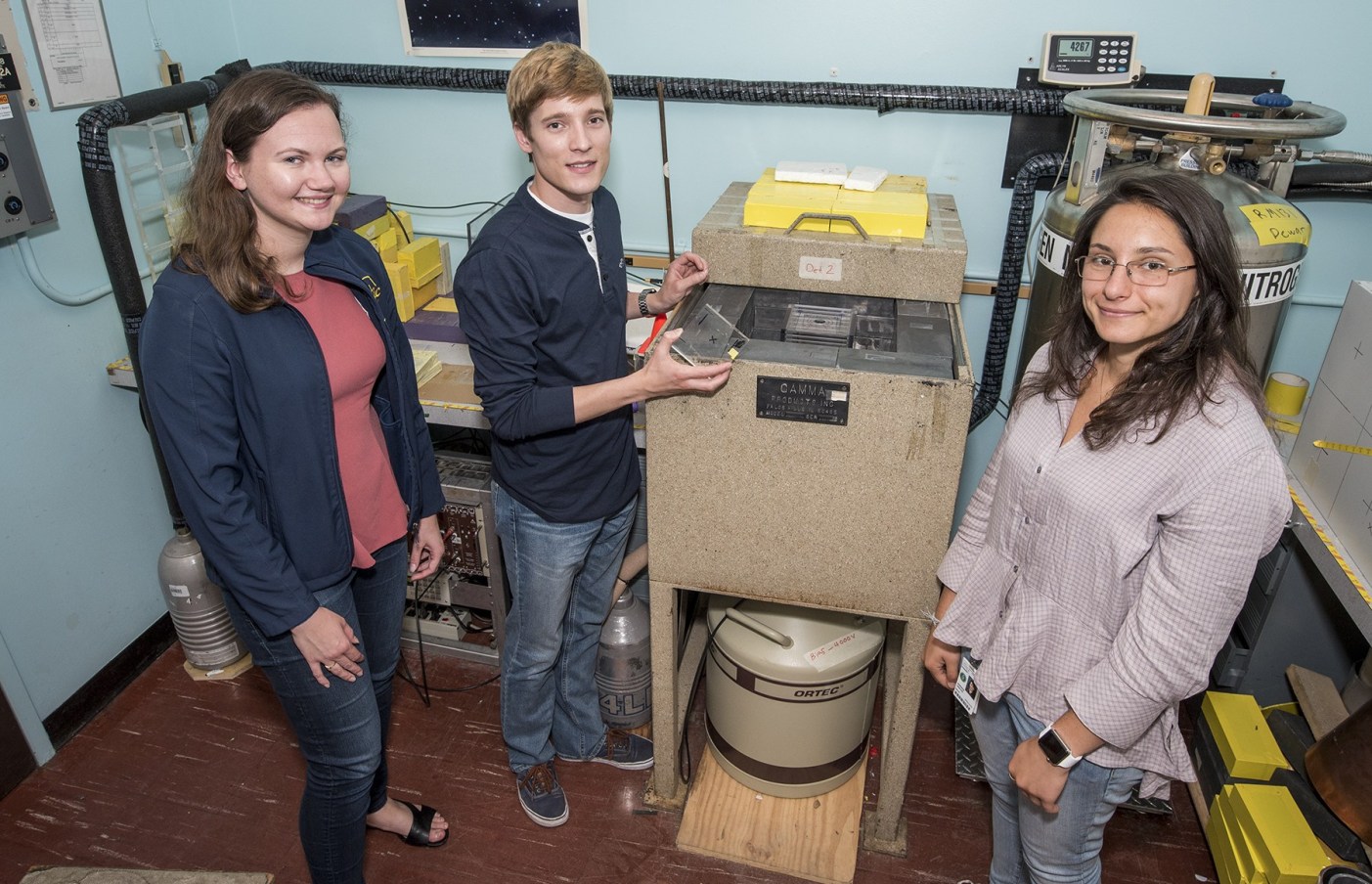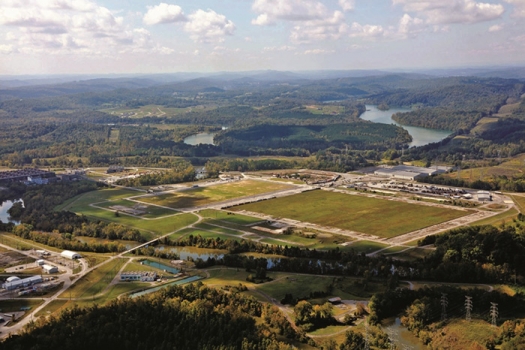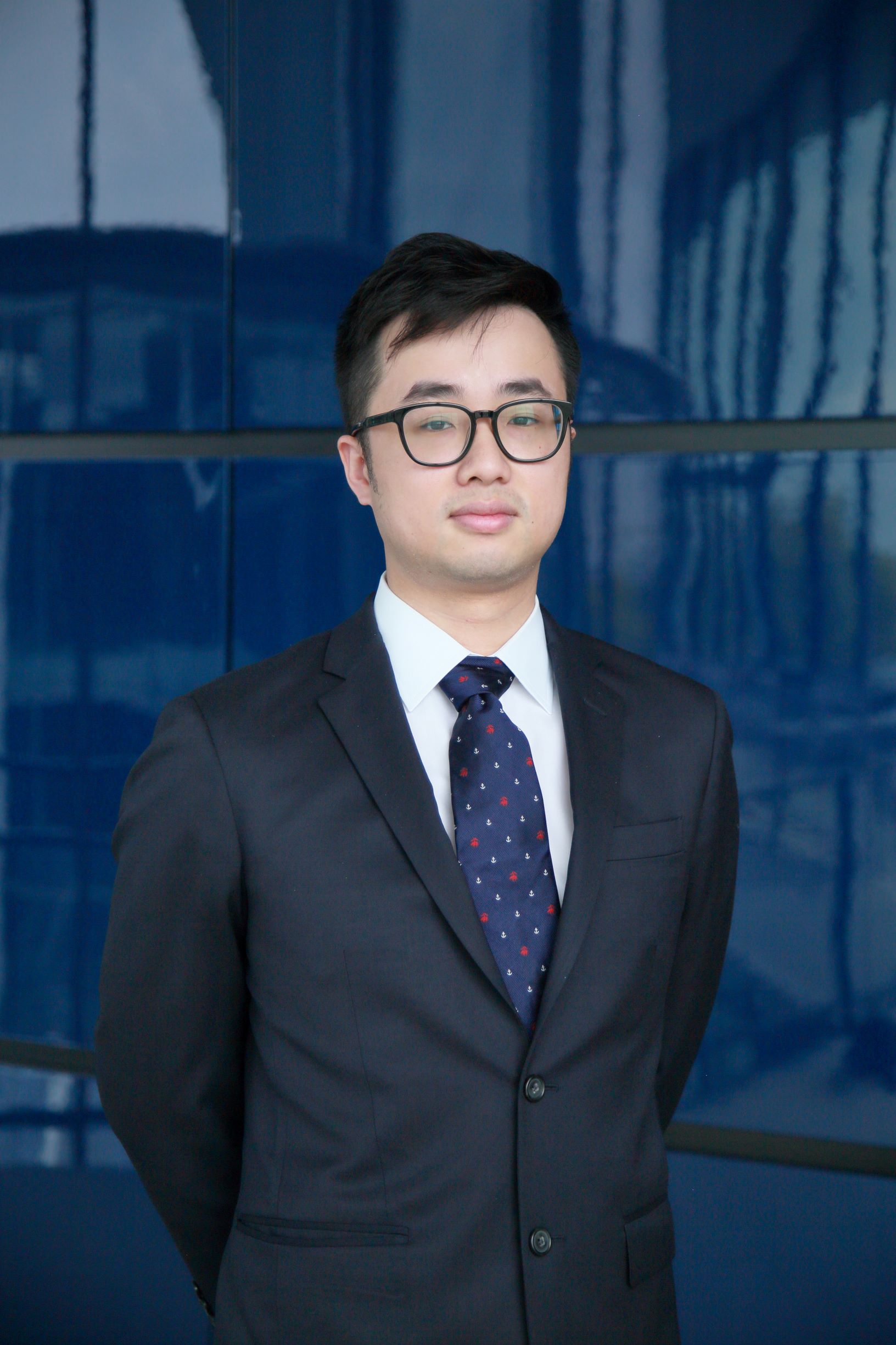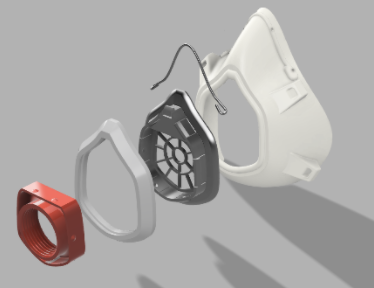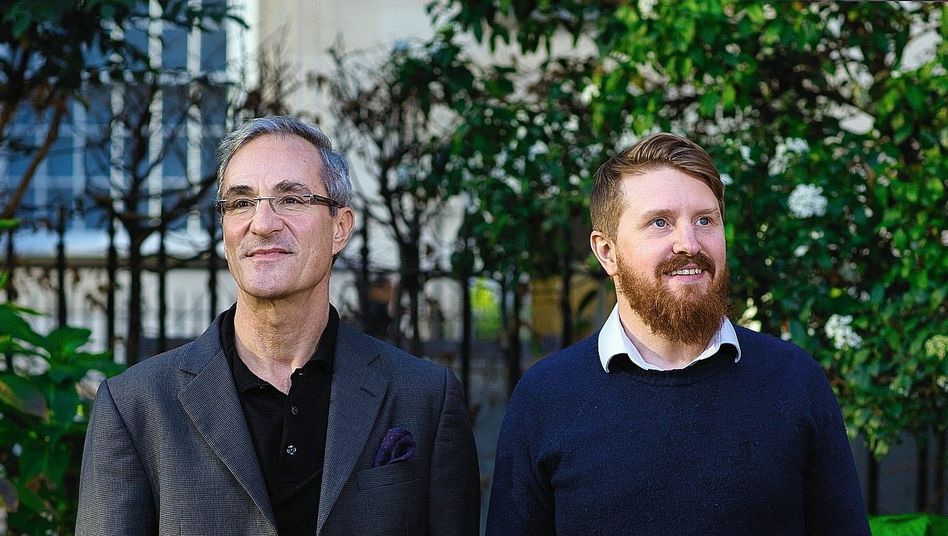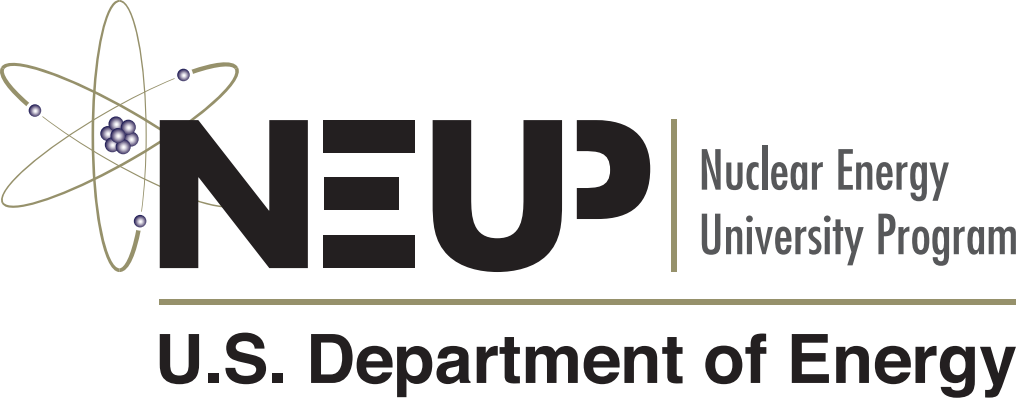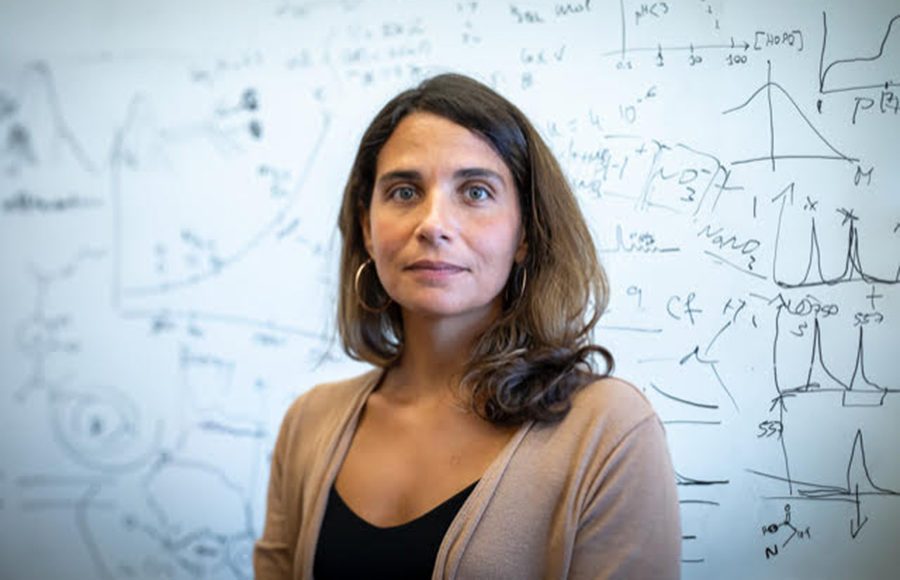Research News
The Nuclear Science and Security Consortium wins 5-year NNSA Grant for the third time
The Nuclear Science and Security Consortium wins 5-year NNSA Grant for the third time January…
Kairos Power’s Hermes, one of the Risk Reduction Projects awarded by DOE’s Advanced Reactor Demonstration Program
Kairos Power’s Hermes, one of the Risk Reduction Projects awarded by DOE’s Advanced Reactor Demonstration…
Kairos Power Selects Location for Fluoride Salt-Cooled High-Temperature Test Reactor
Kairos Power Selects Location for Fluoride Salt-Cooled High-Temperature Test Reactor December 12th, 2020 Kairos Power…
THE FUTURE OF NUCLEAR ENERGY: Interview with Peter Hosemann
The Future of Nuclear Energy: Interview with Peter Hosemann If you get cancer treatment today,…
MRS Graduate Student Awards
MRS Graduate Student Awards Yujun Xie, who is now a postdoctoral fellow at Prof. Peter…
DOE- Sponsored Research Addressing Protective Equipment During The Pandemic UCB-NE/LBNL Collaboration
DOE- Sponsored Research Addressing Protective Equipment During The Pandemic UCB-NE/LBNL Collaboration August 19, 2020 Since…
Is Nuclear Power the Solution to Climate Change?
Is Nuclear Power the Solution to Climate Change? August 14th, 2020 Paul Dorfman and Staffan…
Six Nuclear Engineering Faculty Members Receive U.S. Department of Energy NEUP Grants
Six Nuclear Engineering Faculty Members Receive U.S. Department of Energy NEUP Grants June 18, 2020…
Jeff Graham Wins Poster Award at the TMS Meeting
Jeff Graham Wins Poster Award at the TMS Meeting February 25, 2020 The Nuclear Engineering…
Rebecca Abergel elected as AAAS Fellow
Rebecca Abergel elected as AAAS Fellow December 3, 2019 Our very own Rebecca Abergel has…
- « Previous
- 1
- 2
- 3
- 4
- Next »
